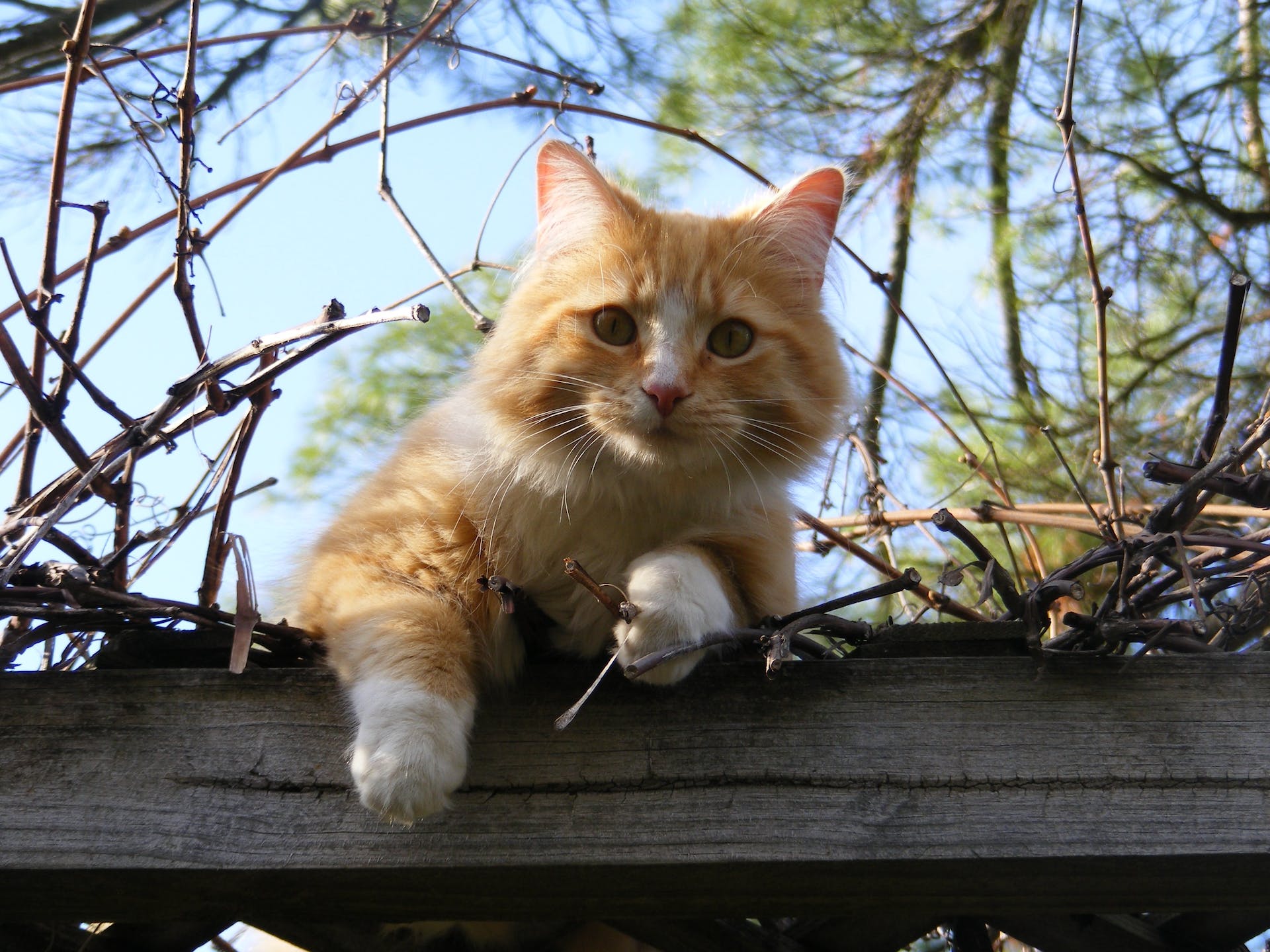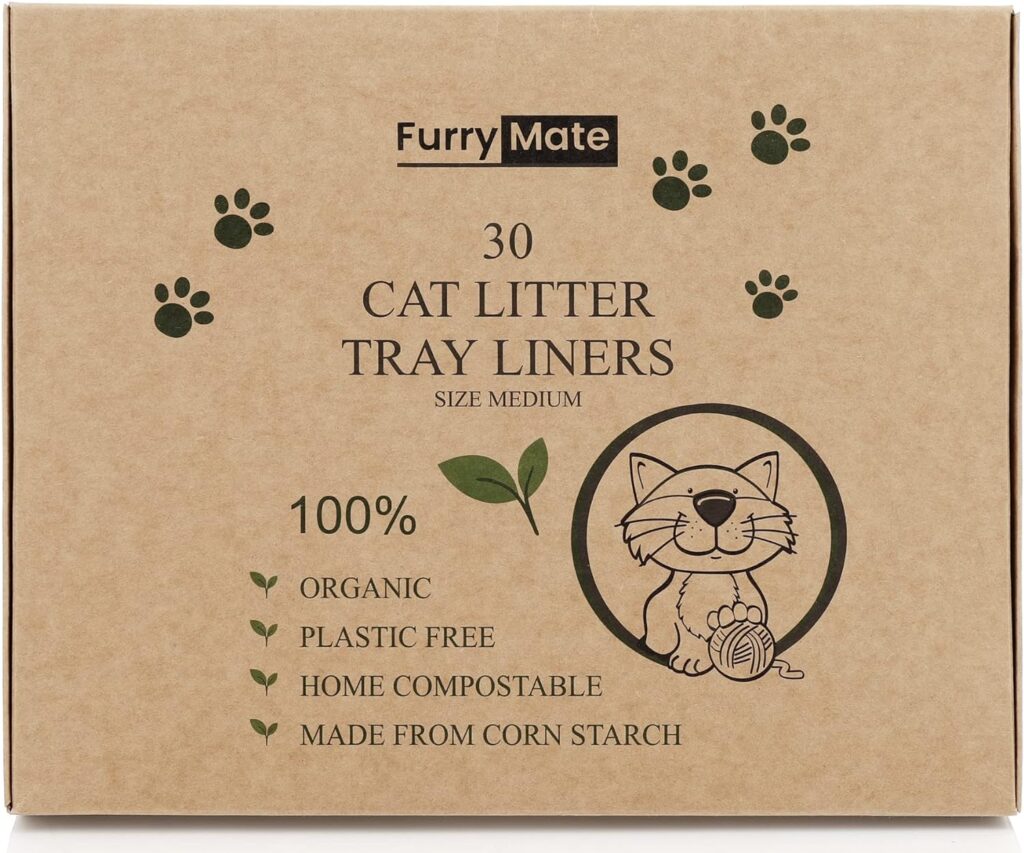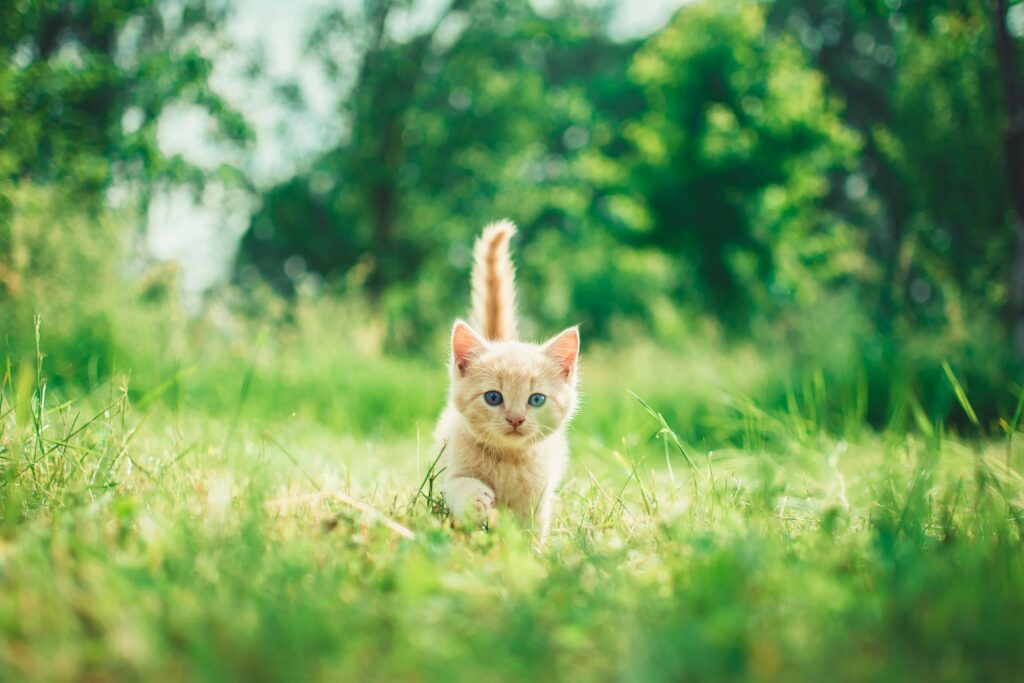How to Dispose of Cat Poop and Litter Without Plastic Bags

One thing that can’t be avoided if you own a cat is cat waste. So, what is the best way to dispose of it? Many cat owners will choose to simply pick up their cat’s poop and cat’s clumping litter directly from the litter tray using a plastic bag, and this might well be the simplest way to dispose of your cat’s waste. But it is also incredibly bad for the environment, contaminating our soil and waterways with both plastic and microplastics. We use 13 billion plastic carrier bags in the UK annually and the majority of these bags are only used once. There are 5,000 pieces of plastic and 150 plastic bottles for each mile on UK beaches. If we can’t use plastic bags, then how can we dispose of cat poop and cat clumping litter without causing harm to the planet? What are the alternatives? Here’s everything you need to know:
Can I Flush Cat Poop Down the Toilet?
It might seem like a simple and convenient solution to flush your cat’s waste down the toilet, but this could actually be hazardous to your health, and the health of your family. This is because cats can be carriers of a parasite known as Toxoplasma gondii. This is not harmful to the cat itself, but it can cause serious health issues for individuals with compromised immune systems, including physical illness and mental health conditions. Pregnant women are also at risk if exposed to the bacteria, which has been shown to cause birth defects such as brain damage in unborn babies, or even lead to miscarriage.
Cats become infected with Toxoplasma gondii by eating meat that contains Toxoplasma cysts (this is often a bird or small mammal that they have caught whilst outside) and the cat will show no signs or symptoms of infection, but they will pass the parasite’s eggs in their poop for the first 1-3 weeks after they are exposed to it, at which point the cat’s immune system will prevent the parasite from reproducing. It is during this period that the parasite can be transferred to humans or other animals, but as you won’t know when this period is, it is safer to assume that cat waste is always harmful to humans.
Water and sewage systems in the UK aren’t designed to kill Toxoplasma gondii parasites, so flushing your cat’s poop down the toilet simply allows it to enter the environment and waterways. It means anyone who comes into contact with it could potentially become infected. It is worth noting that Toxoplasma gondii can also be harmful to aquatic life, and that wastewater often feeds into the ocean and other waterways. As a result, research has linked the Toxoplasma parasite to the deaths of sea otters, dolphins, seals and whales. For this reason, flushing cat poop should be avoided.

Can I Flush Cat Clumping Litter Down the Toilet?
The simple answer is No: Not unless you want to cause serious damage to your household plumbing! This is because cat clumping litter is designed to be even more absorbent than regular litter so that you aren’t left with any liquid in your litter tray. When using cat clumping litter, you should wait for fifteen minutes or so after your cat pees before you scoop it up. This allows sufficient time for the litter to form a solid clump. Ideally, you should scoop up these clumps at least once per day, as this helps to prevent your cat(s) from peeing on the compact, firm clumps already formed.
Many cat clumping litter brands can expand to up to 15 times their original size when they are exposed to liquid. This means that once the litter enters your toilet it will continue to expand after being exposed to more liquid. You will almost certainly end up having to call a plumber to remove the blockage from your waterways and could even require sections of pipe to be replaced.
Are Cat Litter Waste Bags Good?
So, we’ve established that using plastic bags for cat waste is harmful to the planet. And flushing cat waste and cat litter down the toilet can lead to health risks for both humans and aquatic life, as well as potentially causing significant expensive plumbing problems. So what is the best alternative? The best way to dispose of cat litter is to use compostable cat litter waste bags. They are specifically designed to hold cat poop or cat clumping litter, and they can be tied up and then binned with ease. these cat litter bags are wide enough to fit most brands of cat litter scoops, meaning that you don’t have to touch any of the waste material. What’s more, organic cat litter waste bags do not harm the planet as they are 100% plastic free and compostable. They are strong and leakproof, so you won’t have to worry about litter spilling all over your bin. This means that using them will not contaminate your bin with faecal bacteria as the cat poop is kept in the bag. Finally, the smell of cat poop is also kept inside the bag. They are the perfect solution to all of your concerns about using other cat litter and cat waste disposal methods.
Can I flush Cat Litter Down the Toilet?
Flushing cat litter down the toilet is not a viable option either. We have already discussed the risk of allowing Toxoplasma gondii to enter our waterways by flushing cat poop down the toilet but apart from the environmental risks and health risks associated with flushing cat waste, we must also consider what flushing cat waste and cat litter could be doing to our plumbing and septic systems. It can be tempting to dispose of cat litter and cat waste quickly and easily by flushing it all down the toilet, but because most cat litter is made from clay, it will harden when it gets exposed to liquid. Even if the litter has absorbed some liquid in the litter tray already, it will likely expand even further once it enters the plumping system meaning it could solidify in our pipes and cause blockages and further costly damage.
Even if you use a non-clay-based cat litter, our septic systems are designed to process our human waste and biodegradable tissue only. Flushing cat litter can unnecessarily overburden the plumbing and septic systems, contributing to clogging and potential system failure.
In order to protect our environment and prevent damage to our home plumbing and septic systems, we should always look to use compostable bags or compostable cat litter tray liners in order to dispose of our cats’ waste.

Are Cat Litter Tray Liners Good?
Cat litter tray liners are another convenient solution to cat poop waste management. They can be used to keep your cat litter tray clean and are a convenient and hygienic solution to having to regularly wash and deep clean your cat litter tray. Cat litter tray liners will keep your tray free from the smell of cat urine, which means that the tray should last longer before it needs to be replaced. They are also incredibly simple and straightforward to use. All you have to do is pull up the cat litter tray liner, tie it in a knot and then bin it every time you need to change your cat litter.
People often assume that using cat litter tray liners will be an extra expense, but because they can be tied and disposed of, they can be used instead of a cat litter bag rather than as well as one. You won’t need to invest in extra bags for your waste and cat litter. What’s more, cat litter tray liners are organic and compostable, so they don’t cause any harm to the planet. They are fully plastic-free meaning that you can use them guilt-free.
The Main Advantages of Using Cat Litter Tray Liners
Some of the main advantages of using cat litter tray liners include:
● Cat litter tray liners help to keep litter trays fresh. They ensure that they are free of unpleasant cat smells, as well as reducing exposure to harmful bacteria.
● Cat litter tray liners extend the life of your cat litter tray, meaning you won’t need to replace your tray as frequently.
● Cat litter tray liners can be used instead of cat litter bags. So, using a liner will not cause any extra expense, as the liner itself converts into a waste storage bag.
● Cat litter tray liners mean that you can go longer between tray cleans. You won’t need to wash your cat litter tray as frequently as the tray will be protected by the liner.
● Cat litter tray liners are fully compostable, so they are environmentally friendly, and planet safe. They are 100% organic and plastic-free.
What is the Difference Between Compostable and Biodegradable Cat Litter Bags?
Almost all cat litter waste bags will identify as either compostable or biodegradable, and you would be forgiven for assuming that the two mean the same thing, or at least that they are as good as each other. In reality, compostable cat litter bags are by far the superior choice if you’re keen to pick the greenest and most environmentally friendly option. Many people buy biodegradable products assuming that they are organic, but that simply isn’t true: biodegradable waste bags are made of plastic, and they leave microplastics behind. Composting is generally a faster process than biodegrading, and compostable materials create something called humus which is full of nutrients and great for plants whilst biodegradable materials sometimes leave behind metal residue. For this reason, compostable pet waste bags are always the safest choice for our planet.
Conclusion
It is understandable to wish to dispose of your cat waste and cat litter without using plastic bags: minimising plastic waste is a primary concern for many British households. But we have clearly demonstrated that disposing of cat poop and used cat litter by flushing it down the toilet is not a viable alternative, and should be avoided at all costs. Instead, you could invest in compostable cat poop bags or compostable cat litter tray liners as the best way to dispose of your cat waste products.


